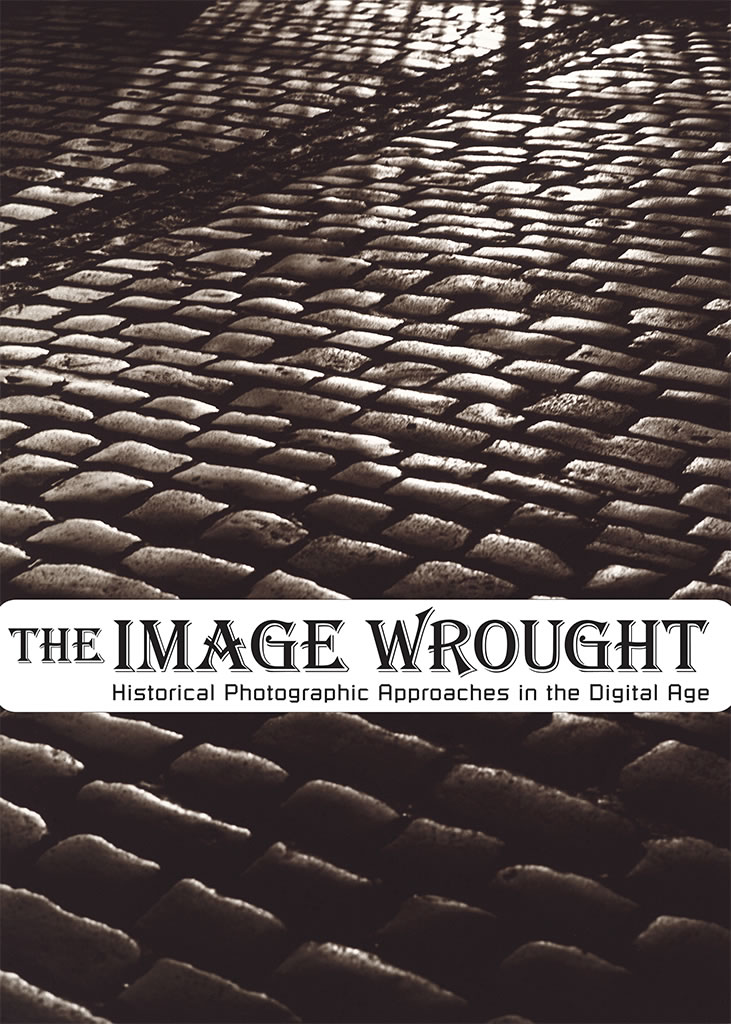The Image Wrought
Historical Photographic Approaches in the Digital Age
January 31, 2006 – August 6, 2006
"The Image Wrought: Historical Photographic Approaches in the Digital Age," examines the seeming paradox of contemporary photographers embracing archaic photographic practices in today's "digital age."
Since its beginnings 180 years ago photography has seen an enormous variety of approaches. In the earliest days, photographs were captured on metal or glass plates. Some photographs were even blue.
With the first digital camera debuting more than 20 years ago, the medium of photography has undergone a dramatic revolution. For almost all popular and professional purposes, the computer has supplanted the darkroom in the 21st century.
In sharp contrast to the almost universal embrace of digital technology is the preference of a growing contingent of photographers who are revisiting 19th-century photographic approaches.
These photographers, whose aesthetic goals cannot be met through the seamless resolution of the pixel, are returning with increasing frequency to archaic processes such as the daguerreotype, which was almost extinct by 1860.
Photographers are using 19th-century processes to reassert the hand of the artist to photography. Wrought from silver, gold, mercury and iron, the resulting images have a strong physicality and presence.
In a departure from other exhibitions on alternative process photography, the Ransom Center's expansive photographic collections provide a singular opportunity to present contemporary images alongside vintage examples of their 19th-century predecessors. These pairings provide a window to examine how contemporary photographers view the past: some relying on an almost sentimental continuity, others contrasting with radically fresh imagery.
About 80 objects are included in the exhibition, which explores not only 19th-century processes, such as daguerreotypes, cyanotypes and tintypes, but also cameras and formats, and alternative supports and treatments. A documentary section provides an overview of the alternative process movement.
"It is vital to realize the aesthetic advantages of preserving the past," says exhibition curator Linda Briscoe Myers.
"The exhibition demonstrates that there is an inherent beauty to these handcrafted images that differ from those produced entirely through digital technology."


